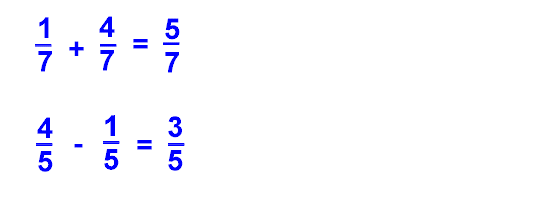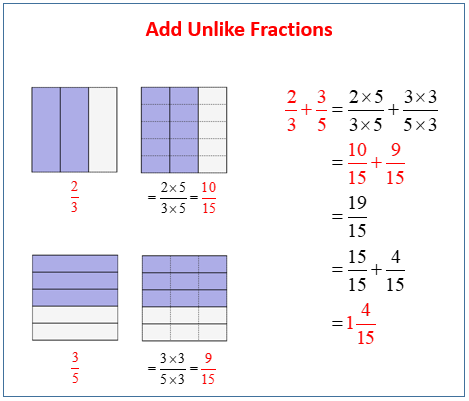You’re going to find out about the fundamental role fractions play not only in math classes but in various aspects of everyday life. Picture this: You’re in the kitchen trying to halve a recipe, or you’re splitting a bill among friends, fractions are your unspoken heroes.
This material can help you or your child through the process of adding and subtracting fractions. First off, ensure that the fractions you’re dealing with have a common denominator. If you’re wondering why, imagine trying to compare the lengths of two strings if they’re not lined up at one end; it’s the same principle.
Once you have a common denominator, the next step is to focus on the numerators. That’s where the actual adding or subtracting happens. Think of the denominators as the stage where the numerators perform – they have to be on the same stage to interact with each other.
Your answer’s going to end up as a fraction, and there lies the beauty of it. However, it isn’t just about getting the answer; it’s also about presenting it in its simplest form. Simplifying a fraction is like tidying up after a job well done – it’s all about making your hard work easy to understand and appreciate.


RESOURCES
- Adding and Subtracting Fractions Poster – EXTRA LARGE – A1 (594 mm x 850 mm) – Gloss Paper – Maths Secondary School Wall Charts by Daydream Education (https://amzn.to/404KC9v)
These are affiliate links. If you click a link and buy the product, then the blogger gets a percentage of the sale or some other type of compensation. Prices are not different if you use these affiliate links. You will not pay more by clicking through to a link.


No responses yet